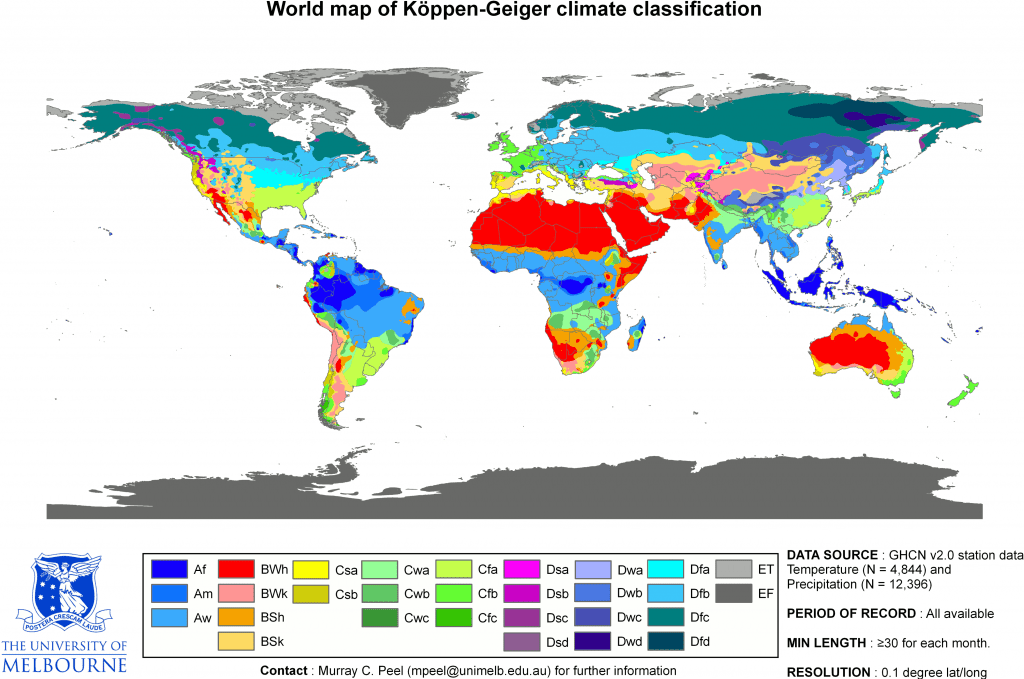With only hours remaining on the COP21 negotiations, there’s a good chance the draft we got to see yesterday will be final – with some small tweaks perhaps. Opinions have been mixed, but mostly negative about this particular draft; sure, it’s important that we get a final draft on which all parties agree, but it’s also important that the deal is ambitious enough. Here’s what climate scientists had to say about that.

Hans Joachim Schellnhuber, Director of the Potsdam Institute for Climate Impact Research (PIK):
“The formulation we have right now, limiting warming between 1.5°C and 2°C, is in line with the IPCC and the latest science. The rest of the text does not sufficiently operationalize the long-term goal, although the current language leaves room for that to happen. 1.5°C warming would be safe for small island states and least developed countries, but it means getting to zero emissions globally by 2050 to have a fair chance of achieving this goal. What we have now in the formulation, is greenhouse gas neutrality in the second half of this century which leaves the door open for 1.5 degrees, but does not ensure it.
Believe it or not, the current text is progressive compared to previous agreements. There is hope for the night. COP 21 still has a job to do: operationalize the 1.5°C goal. This text will send signals to civil society, consumers and businesses. It will be up to business, consumers, citizens and particularly investors to finish the job. The divestment movement will be crucial in this.”
Steffen Kallbekken, Research Director at CICERO, director of the Centre for International Climate and Energy Policy:
“The draft goal of 2°C and pursuing efforts to limit temperature increase to 1.5°C is aspirational. If you look at the options in the current draft text compared to the previous one, options which specifically mentioned 40 to 70 and 70 to 90 percent emissions cuts are out of the current draft. The options consistent with science are replaced by vague formulations.
By the time the pledges come into force in 2020, we will probably have used the entire carbon budget consistent with 1.5°C warming. If we stick with the INDCs we will have warming between 2.7°C and 3.7°C. We need to update them long before 2030.”
Johan Rockström, Executive Director of the Stockholm Resilience Centre:
“This is not just about limiting temperature rise but also maintaining the resilience and integrity of carbon sinks such as the oceans and forests.
2°C is a political aspiration but the INDCs are not consistent with that aspiration. We still have the possibility of a transformational change here in Paris – the number one goal here in Paris is to limit our warming below 2°C. Once you set that target, everything that follows must be consistent.
We need global decarbonization. The language of ‘greenhouse gas neutrality’ opens up the possibility of relying on massive carbon sinks while continuing to burn fossil fuels. This is a very risky future. The INDCs need to be reviewed very regularly – every two or three years. It is not enough to review every five years.”
Kevin Anderson, Deputy Director of the Tyndall Centre for climate change research, Manchester:
“Aspiration and rhetoric will not deliver reductions in CO2 emissions; we need to deliver action. This draft agreement is weaker than Copenhagen. The current text is not consistent with the latest science. The Copenhagen text included aviation and shipping emissions, that together are as large as the emissions of the UK and Germany combined, but they are not mentioned in the Paris text.
For the global poor, particularly in the Southern Hemisphere, the current text is somewhere between dangerous and deadly.
If we’re serious about a 1.5. degree framing, we need to seriously think about reducing demand. Around 50% of global CO2 emissions come from 10% of the population. There are huge opportunities to reduce demand, but it needs to be reduced by people who are high emitters. Including most of us in this room.”
Joeri Rogelj, Research Scholar at the Energy Program of the International Institute for Applied Systems Analysis:
“Article 2 as it stands is a wake-up call that 2°C is already unacceptable to most countries. 1.5°C is now being acknowledged, which is encouraging. The question is how to put this into action. As lead author of one of the rare studies of a 1.5°C scenario, in the current text there is an inconsistency between the target and how to get there.
In Article 3 about operationalization of the long term goal, we now see compromise language about greenhouse gas neutrality. This still obscures the fact that CO2 emissions will have to fall to zero to stabilize warming at any level.
To limit warming below 1.5°C, there is no scenario available that says that we can delay action to 2020 and beyond. We need a global peak of emissions by 2020 to limit warming to 1.5°C. Overshooting would rely on possibility to extract carbon from the atmosphere on a massive scale. Urgent action is needed to hedge against risks.”


